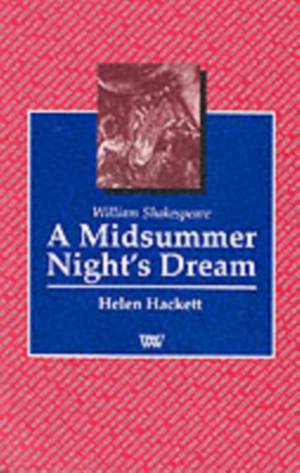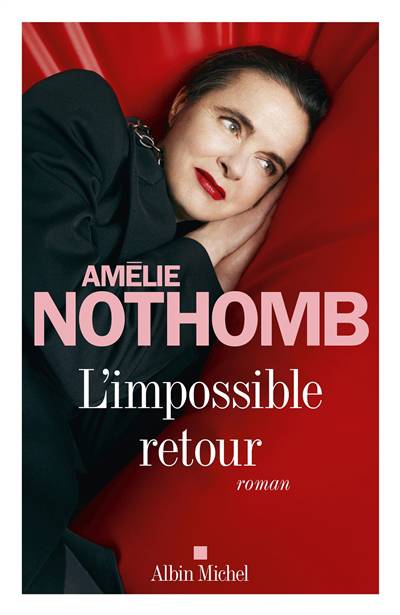
- Retrait gratuit dans votre magasin Club
- 7.000.000 titres dans notre catalogue
- Payer en toute sécurité
- Toujours un magasin près de chez vous
- Retrait gratuit dans votre magasin Club
- 7.000.000 titres dans notre catalogue
- Payer en toute sécurité
- Toujours un magasin près de chez vous
Description
Change and transformation are central to the action, themes and language of A Midsummer Night's Dream. This book will show how the play participates in a
widespread 1590s concern with mutability; often, as here, expressed through moon-imagery, and associated with representation of the ageing Virgin queen. However, it is also very much a play about procreative change, set at one of the 'green hinges' of the year, to use Angela Carter's phrase. The happy ending is marked by multiple marriages; and yet, these marriages have been achieved through conflict and force. Comedy veers close to tragedy, and vice versa in the inset Pyramus and Thisbe performance, illustrating Shakespeare's sense of the innate indeterminacy of genres. It is also Shakespeare's most Spenserian play in its depiction of a supernaturally animated natural world, providing the grounds for the characterisation of Shakespeare as a poet of nature which was to prove so influential for Milton and the Romantics.
Spécifications
Parties prenantes
- Auteur(s) :
- Editeur:
Contenu
- Nombre de pages :
- 96
- Langue:
- Anglais
- Collection :
Caractéristiques
- EAN:
- 9780746307540
- Date de parution :
- 11-01-96
- Format:
- Livre broché
- Format numérique:
- Trade paperback (VS)
- Dimensions :
- 137 mm x 215 mm
- Poids :
- 154 g







